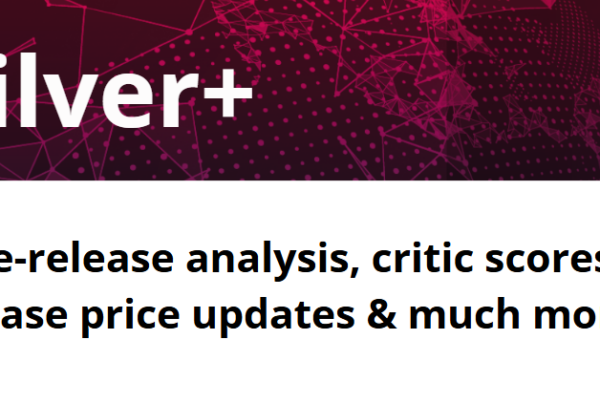Wine Matcher is the quickest and easiest way to match your list to LWINs, the unique identifier for wine and spirits, and to get pricing data for your wines. Using LWIN, you will have access to the biggest open-data source for wine data, you can reduce errors and simplify reporting – and you can share information, quickly and accurately.
This guide contains useful resources to help you format your lists for Wine Matcher to ensure you get an optimal LWIN matching experience.
Best practices
The more accurate information you give Wine Matcher, the better the matching outcome will be. Here are some best practices to follow:
1. Exclude formulas from your list
2. Try to exclude special characters (e.g. ‘^’ in château)
3. Provide clear wine descriptions, and ideally include the producer if it is not in the wine name, as well as the wine colour
5. If you already have an LWIN, add it to the list to make the matching work faster
6. If you use the same file format and assign the same headers every time, the Wine Matcher tool will learn faster and return more automatic matches next time
7. Try to list the bottle size in centiliters e.g.75 (other formats such as “0.75”, “0,75”, “750ml”, “75cl” are also accepted)
While you don’t necessarily have to follow these practices to get LWINs, it can help you get a higher matching rate.
Below is an example of a optimally formatted list.

Template example
We have also created an template guide for you to download, which you can use to format your own lists. First-time users of Wine Matcher might find this particularly useful.
Tutorials
In this three-part tutorial series, we walk you through each of the different Wine Matcher journeys.
We hope you find these resources helpful. If you have any further questions about Wine Matcher, do not hesitate to reach out to your account manager.



